What interior design tips can we offer that have not already been mentioned before? Instead of claiming to bring forth novel information, today we will focus on presenting five sources of inspiration from overlooked and unexpected approaches to décor. You can rest assured that while these tips are not new, the use you give to these suggestions will result in the creation of truly fresh and original interiors that you can call your own.

Draw your gaze upwards
Regardless of whether the day is sunny or not, we can still find reasons to look up and admire the world from a different perspective by designing a statement ceiling. Instead of focusing solely on the walls and floors of an interior, we can also turn our attention to the ceiling by painting it with a bold color, covering it with wallpaper, or by installing decorative elements such as lighting fixtures and exposed beams to make this overlooked area the standout feature.
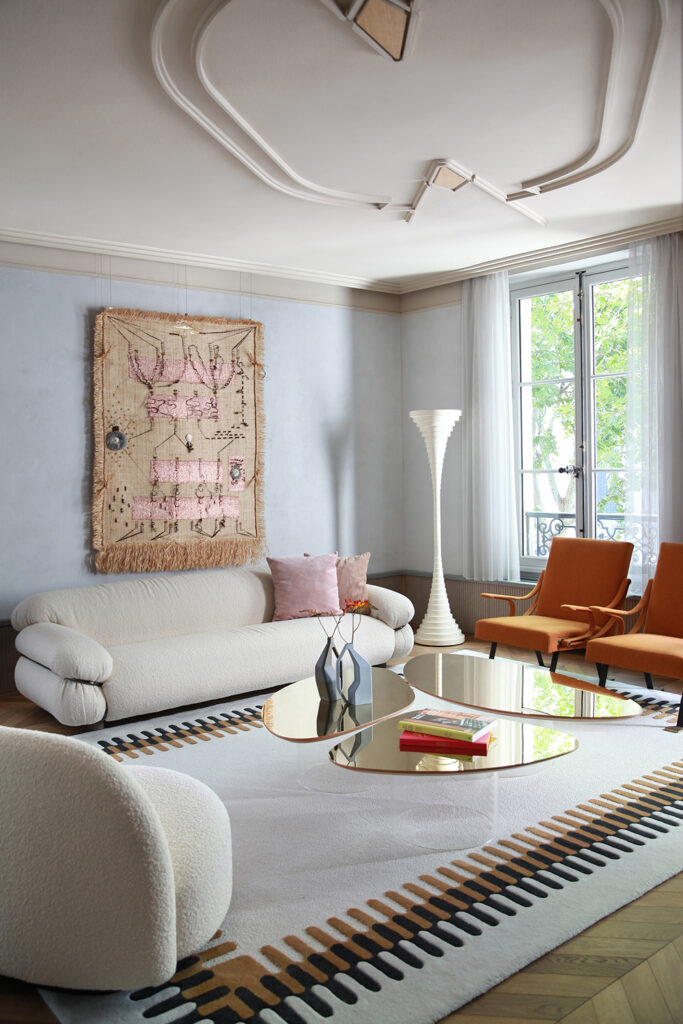
Take inspiration from Michelangelo and turn your ceiling into an unexpected work of art by designing a mural, covering it in an intricate pattern or oven adding a cosmic-theme that transports viewers to a different time and space. If you prefer a more subtle approach, another option is to emphasize exposed beams or architectural elements in the ceiling by highlighting the natural wood or metal finish with a clear sealant or with a contrasting paint color. Meanwhile, for an extra flair one can also opt for decorative ceiling medallions or moldings that breathe a classical elegance into our spaces; especially when paired with a dramatic or unique lighting fixture.

Making interiors interactive
Interactive interiors not only keep us entertained but they also ensure that our minds remain engaged and provide a constant source for creativity and memorable experiences. Moreover, features such as a home theater, a cozy reading nook, or a game area with a ping pong table or dart space, are always welcome elements that invite us to take a welcome break and enjoy the opportunities we find within our homes.
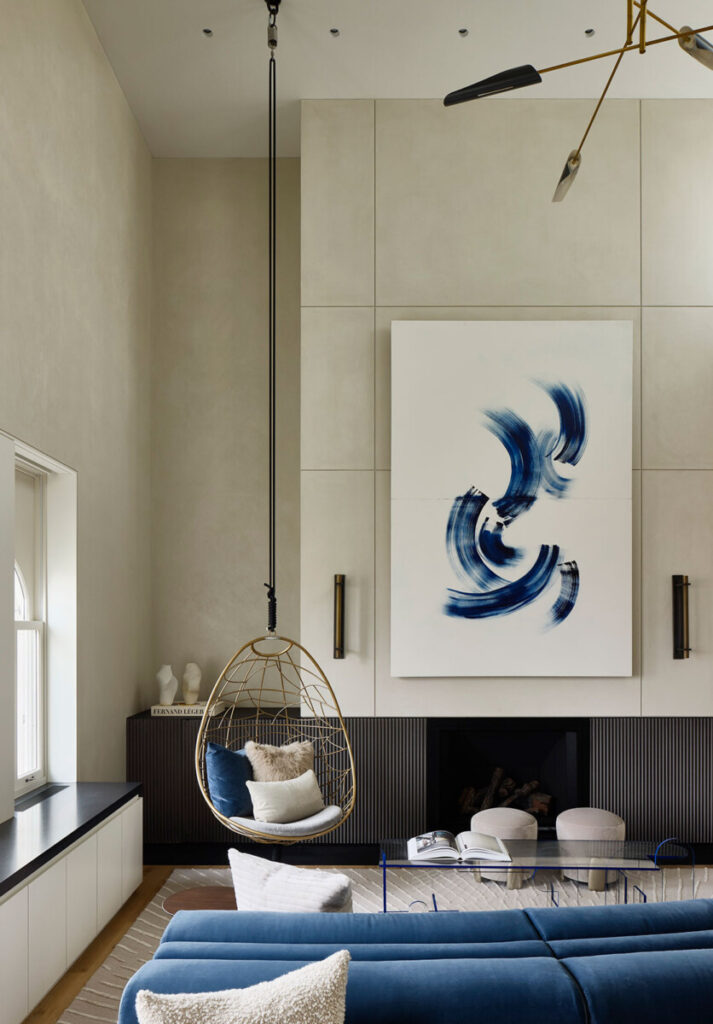
For example, a room can be easily transformed into a home theater as long as we have some plush seating, blackout curtains, a projector, and a good quality sound system. Meanwhile a living room can set aside some space for a cozy reading corner with a comfortable sofa, soft lighting, and a bookshelf stocked with your favorite novels. For extra luxury, why not add a side table for tea or coffee or even a swing chair or hanging pod that also brings a playful appeal. Lastly, for an overall room décor, one can even install an interactive lighting system that can control and change the color, intensity, and patterns of lights. Some of these systems can also be synchronized with music to create different ambiences that match the change in our mood.

Embrace the curves
While straight lines and sharp angles resonate with a sleek design, curves soften the visual appeal and create a gentle atmosphere that naturally draws the eye and creates a sense of intrigue. Elements such as curved pathways, hallways, or flowing lines in an open floor plan serve as captivating focal points in a room while also improving the flow and circulation within a space.
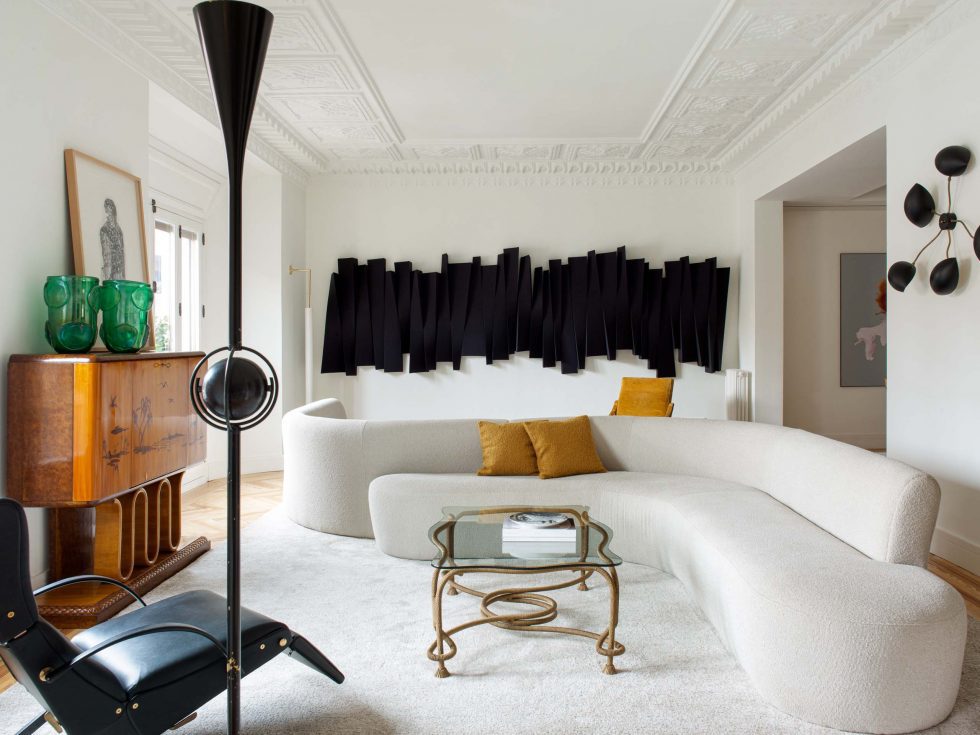
On the one hand we can find curves in the round surfaces and organic shapes of furniture such as sofas, armchairs, ottomans, and dining chairs with rounded edges or curved backs. On a larger scale, this feature can form part of the architecture of a space through the construction of arched doorways, curved walls, or rounded alcoves that introduce dynamism and intrigue to a design. Just imagine the sophisticated flair that can be added by installing a gracefully curved staircase to a home, not only enhancing the aesthetic but also maximizing the flow between different levels. If this is not an option, one can also find the way to embellish an interior with curves by selecting rounded lighting fixtures such as pendant lights, chandeliers, or wall sconces that bring their own sculptural element to the scene.
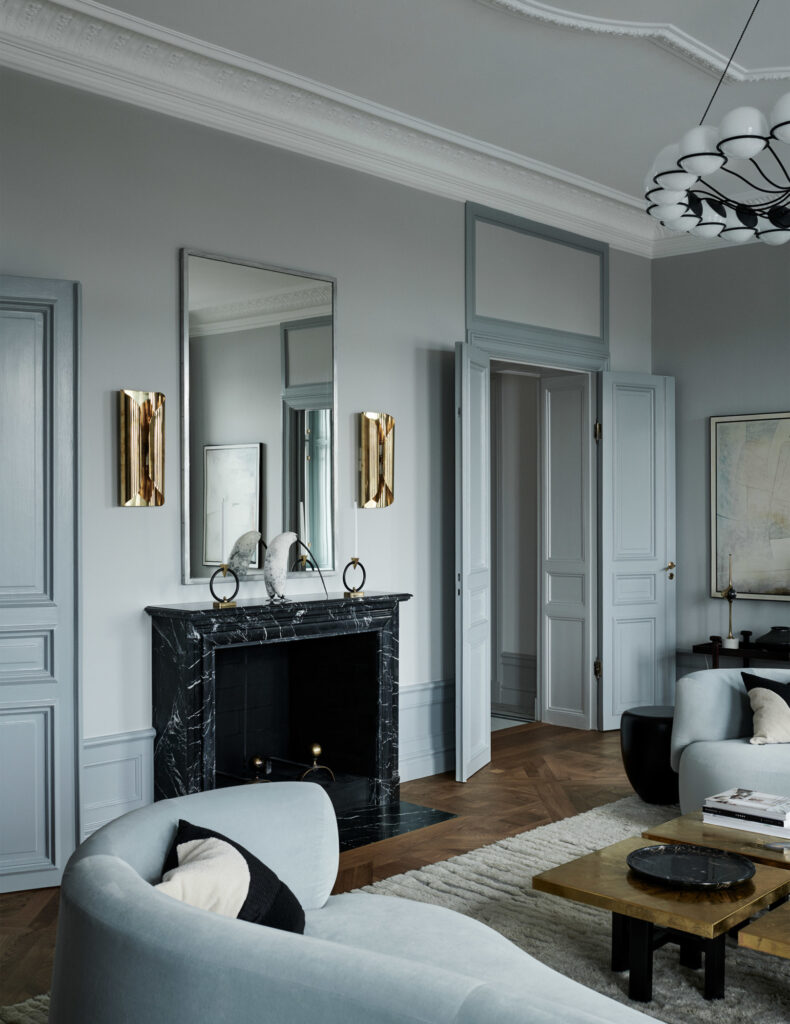
Bring natural stone and white wood together
Firstly, natural stones such as marble, granite, or travertine carry a distinguished elegance and timelessness that dates back to ancient classic designs. The luxury that stone surfaces bring to a room and the depth found in their textures and natural variations makes this material the perfect match for wood, especially white wood. This second material has a brightening effect that makes rooms feel more spacious, airy, and clean. The simplicity we find in this combination depicts a classic aesthetic that remains fresh regardless of the passage of time.
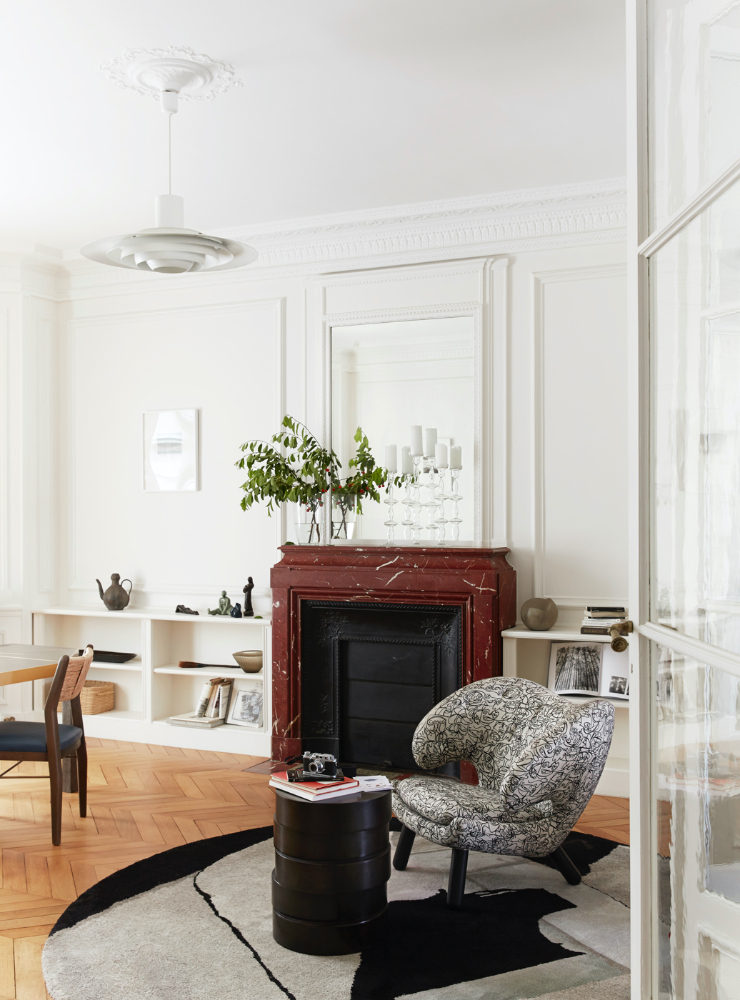
One way of combining both elements is by using white wood as a neutral backdrop for the natural stone in surfaces such as wooden flooring or wall paneling to provide a clear canvas showcasing a statement feature like a fireplace built from stone. Another approach consists of introducing natural stone as accent pieces or borders within a white wood-dominated space. In this case we can visualize a wood floor surrounded by colorful stone tiles or a white wooden kitchen with a striking backsplash made from carefully selected mosaics. Lastly, natural stone and white wood can also work to demarcate transitional zones within a space by using wood paneling on the walls and a stone floor medallion or mosaic to mark the passage from one area to another.

Adding a statement rug
As a final design tip we suggest incorporating a statement rug to elevate your interior décor by embedding color, pattern, and texture to a room. Bold and vibrant rugs, for example, add a pop of color that transform it into a focal point. Otherwise, it can also serve as an anchor to strengthen a room’s color scheme or to delineate the different areas within an open floor plan.
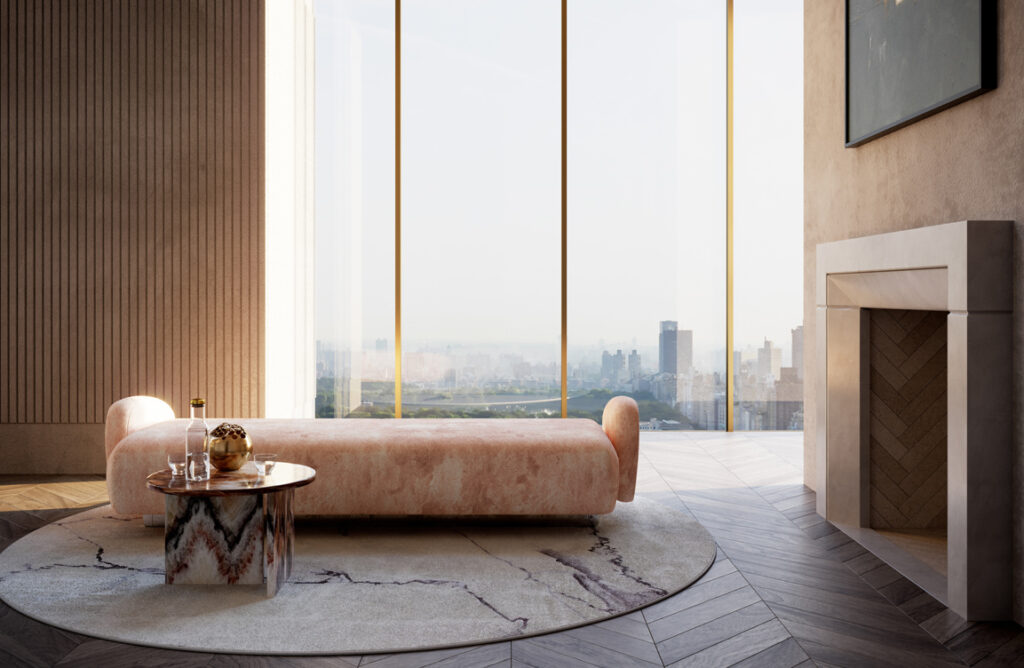
This simple method, as explained above, can have various uses and purposes. A rug can either stand out as the focal element in a room with contrasting colors and intricate designs or it can merge with the tone set by its surrounding furniture and room colors to create a more neutral design. Another creative approach consists of layering rugs based on size and pattern. The effect of this unique approach can be better appreciated in areas such as the living room or bedroom where one can place them directly under coffee tables or under the foot of the bed. Thus, with just a single rug or a collection of them, one can immediately bring a tactile element into interior design and enhance the overall sensory experience.

Our final tip
We hope these images and suggestions serve as muses that will take this conversation from paper to action and help you bring to life one-of-a-kind interiors based on your own unique view of design.
